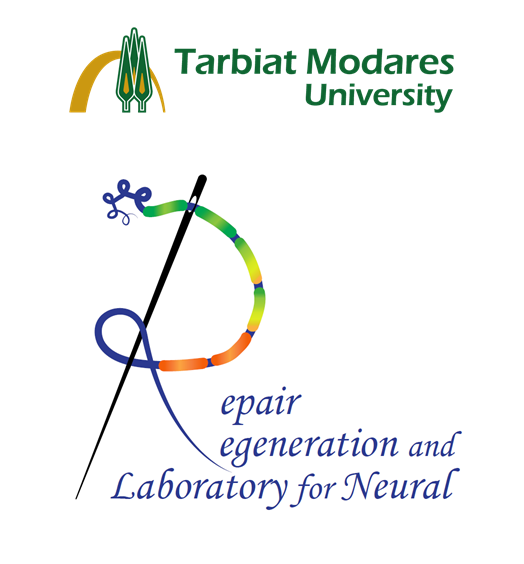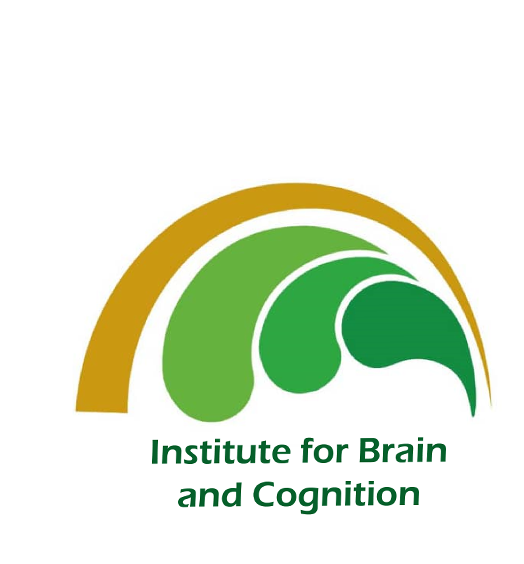In the Laboratory for Neural Repair and Regeneration, we use chemical, biochemical and genetic techniques to discover and characterize brain disease, especially Multiple Sclerosis. We are interested in applying this knowledge to find new ways to selectively preserve the viability of damaged neurons and also increase the regenerative potential of brain cells including oligodendrocytes. We are also actively engaged in training the next generation of scientists at the graduate and postdoctoral level. Work in our lab is generously supported by Tarbiat Modares University, the Iran National Science Foundation, NIMAD and etc.
The neural repair lab was established in 2005 with the goal of using endogenous and exogenous neural stem cells in animal models of neurodegenerative diseases, particularly multiple sclerosis. The aim of the lab is to enhance the efficiency of endogenous repair processes and recognition of mechanisms.
The central nervous system has restricted intrinsic capacity to repair. Thus under the neurodegenerative diseases, stroke or traumatic injuries, the extensive loss of neural lead to the neurological disabilities in motor and sensory systems as well as in cognitive functions. Along with neural protection strategies, the development of methods for the restoration of damaged neural tissue is particularly significant. The most important approaches in this field of research are focused on the stimulation of endogenous stem cells to proliferate, migrate and differentiate as well as in vitro production of different types of required cells from different sources. Recently new line of research has been developed that focuses on direct conversion of astrocytes into other cells for neural tissue repair.
Multiple sclerosis is one of the most prevalent and devastating diseases, affecting mostly young adults that cause a lot of social and economic burden. The disease in Iran has a high prevalence and is considered to be a challenge for society and health care system. Current treatments are based on modulating the immune system and preventing myelin damage, but eventually, due to the progression of myelin destruction, the progressive phase of the disease initiates, which is the most severe and destructive form of multiple sclerosis. In this regard, the lab’s long-term goal focuses on myelin repair, protection of demyelinated axons and restorative strategies, particularly with the help of stem cell technology and cell fate manipulations, as well as targeted delivery of factors affecting an intrinsic repair.

